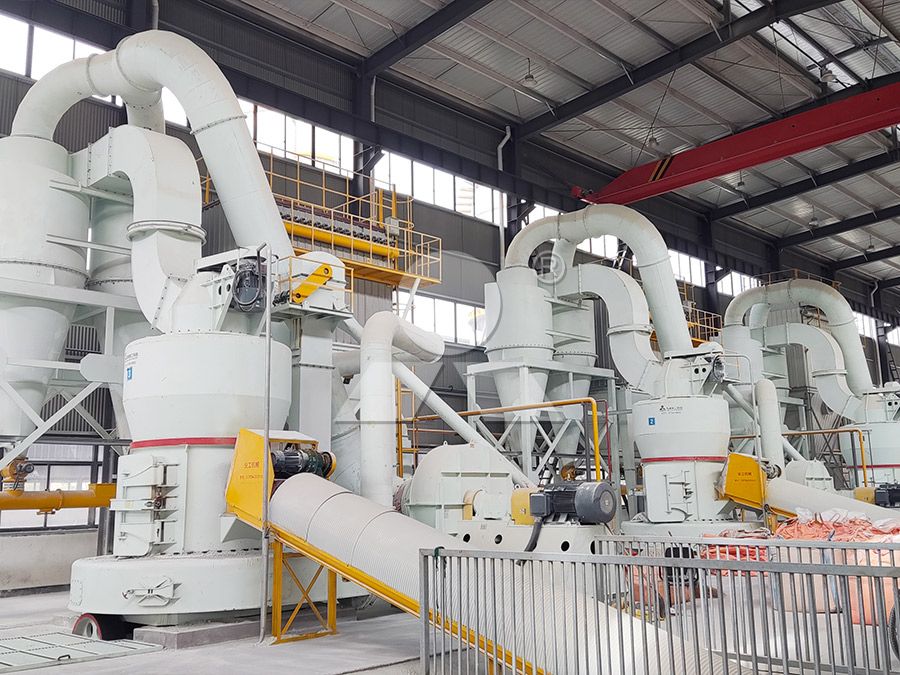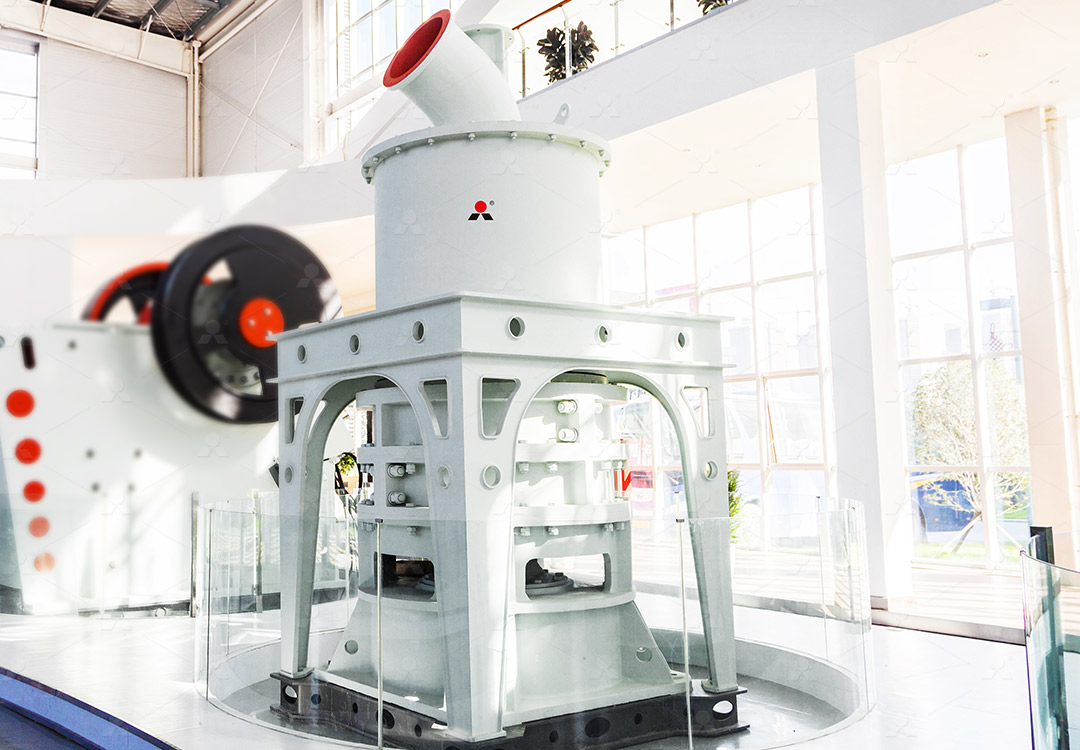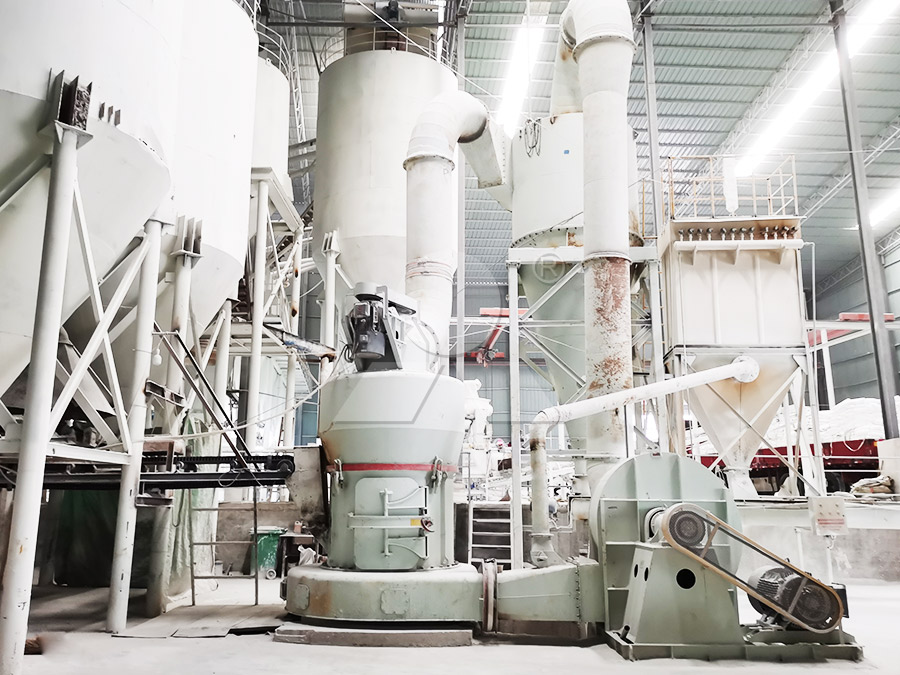Raymond Mill: The Giant in Industrial Grinding Equipment
Raymond Mill: The Giant in Industrial Grinding Equipment
In the vast landscape of industrial processing, few names carry the weight and legacy of Raymond Mill. For decades, this workhorse has been the backbone of powder processing operations worldwide, setting the standard for reliability and efficiency in material size reduction.

The fundamental principle behind Raymond Mill’s enduring success lies in its elegant simplicity. Through centrifugal force and mechanical grinding between rollers and rings, this equipment transforms raw materials into precisely controlled powders. What began as a basic grinding solution has evolved into a sophisticated system that continues to dominate various industrial sectors.
The Evolution of Grinding Technology
While traditional Raymond Mills established the foundation, modern advancements have pushed grinding technology to new heights. Today’s operations demand more than just basic powder production—they require precision, energy efficiency, and environmental responsibility.
This evolution has led to the development of specialized grinding solutions that address specific industry needs. From ultrafine powder production to large-scale industrial processing, the grinding equipment market now offers tailored solutions for virtually every application.

Specialized Solutions for Modern Challenges
For operations requiring exceptional fineness and precision, the MW Ultrafine Grinding Mill represents a significant technological leap. This advanced system processes materials with input sizes up to 20 mm and handles capacities ranging from 0.5 to 25 tons per hour. Designed specifically for ultra-fine powder production, it incorporates German cage-type powder selector technology that allows fineness adjustment between 325-2500 meshes with remarkable precision.
The engineering behind MW Ultrafine Grinding Mill addresses common industry pain points through innovative design. The absence of rolling bearings and screws in the grinding chamber eliminates concerns about bearing damage or loose screw-related failures. Meanwhile, the external lubrication system enables continuous 24-hour operation without shutdowns for maintenance.
Vertical Integration: The Next Generation
Another standout in advanced grinding technology is the LUM Ultrafine Vertical Grinding Mill, which combines Taiwanese grinding roller technology with German powder separation expertise. Processing materials up to 10 mm with capacities of 5-18 tph, this system represents the pinnacle of vertical grinding innovation.
LUM’s unique roller shell and lining plate grinding curve design facilitates easier material layer formation and achieves high finished product rates through single-pass powder milling. The double position-limiting technology provides exceptional operational stability, while the reversible structure simplifies maintenance procedures significantly.

Environmental Considerations in Modern Grinding
Contemporary grinding equipment must address environmental concerns alongside performance requirements. Modern systems incorporate efficient pulse dust collectors and mufflers that minimize both dust pollution and noise emissions. The MW Ultrafine Grinding Mill, for instance, operates fully compliant with national environmental protection standards, demonstrating that industrial efficiency and environmental responsibility can coexist.
Future Directions in Grinding Technology
The trajectory of grinding equipment development points toward increased automation, digital integration, and energy optimization. With technologies like PLC control systems and multi-head powder separating becoming standard, operators gain unprecedented control over grinding parameters while reducing energy consumption by 30-50% compared to conventional mills.
Frequently Asked Questions
What makes modern grinding mills more efficient than traditional Raymond Mills?
Modern grinding mills incorporate advanced technologies like German powder separation systems, precision digital controls, and optimized grinding curves that enhance efficiency while reducing energy consumption by 30-50% compared to conventional systems.
How does the MW Ultrafine Grinding Mill achieve such precise powder fineness?
The MW Mill uses advanced cage-type powder selectors with German technology that effectively increases powder separation precision. The multi-head selector can be configured according to specific requirements for yield, fineness, and sieving rate, allowing adjustment between 325-2500 meshes.
What maintenance advantages do modern grinding mills offer?
Contemporary designs like the MW Ultrafine Grinding Mill eliminate rolling bearings and screws in the grinding chamber, preventing common failure points. External lubrication systems enable maintenance without shutdown, while reversible structures in mills like the LUM series allow easy access to grinding components.
How do modern grinding systems address environmental concerns?
Advanced grinding mills incorporate efficient pulse dust collectors, silencers, and noise elimination rooms that minimize environmental impact. Complete system sealing and negative pressure operation prevent dust spillage, ensuring compliance with strict environmental standards.
